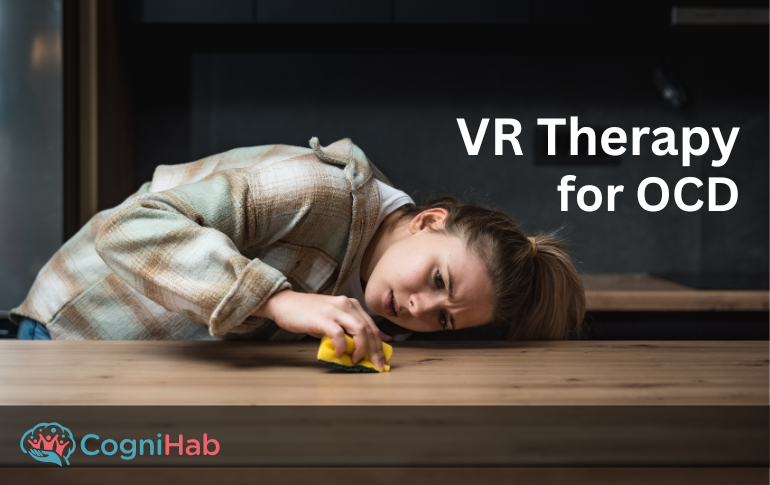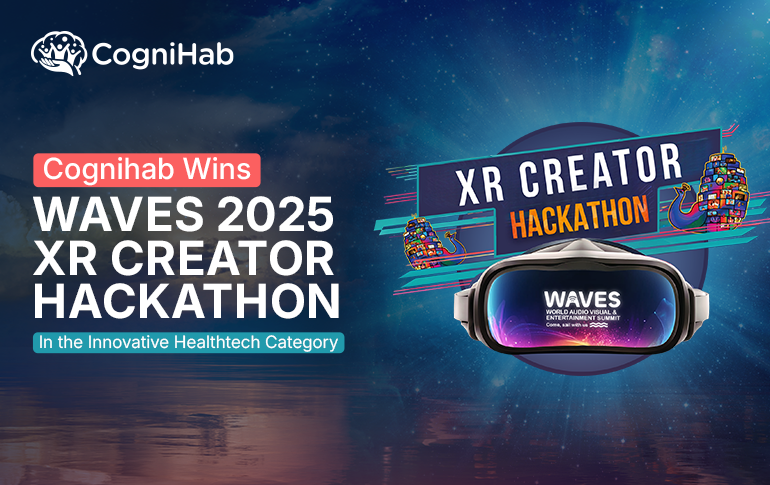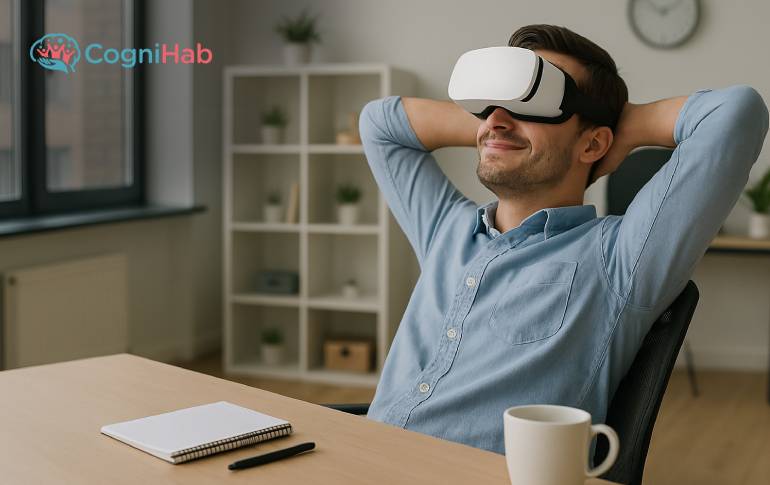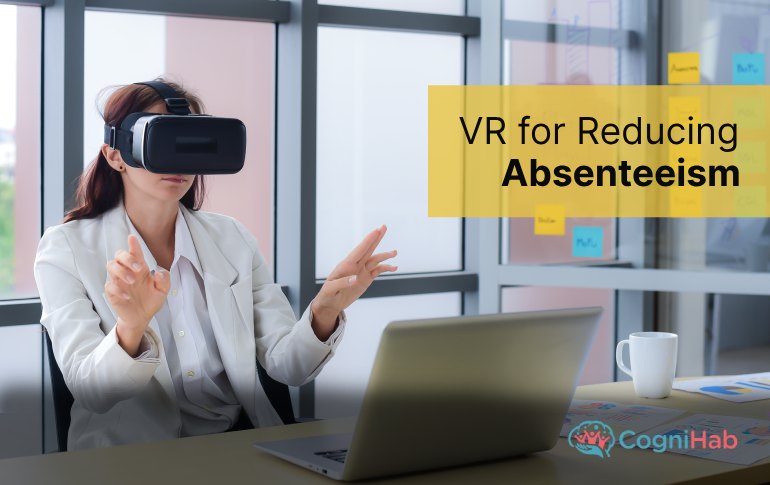Stroke Rehabilitation VR Games Help to Recover Post Stroke
A stroke is a potentially fatal disorder that happens when blood flow to the brain is disrupted.
According to data, a person gets a stroke every two seconds. Furthermore, around 75% of stroke survivors have physical limitations that necessitate long-term rehabilitation.
Current rehabilitation treatment is incapable of sustaining rehabilitation effectiveness over time. Furthermore, it is a little pricey, which not everyone can afford if prolonged treatment is required. As a result, the patient avoids essential rehabilitation.
After realizing the significance of rehabilitation, VR firms developed some user-friendly Stroke rehabilitation VR games to aid in future recovery.
In 2021, the net worth of VR solutions for healthcare was $459 million. However, it is forecasted to grow at a CAGR of 38.7% between 2022 and 2029.
VR has been with us for a long time, but only recently have people recognized its value and included it in mainstream medical treatments. The quality of the video and the equipment were also part of the argument. However, throughout time, VR has effectively removed numerous restrictions in order to serve humanity with a better version.
Rehabilitation with VR
With its computer-generated reality, VR assists patients with physical therapy, which is essential for stroke recovery. The therapist may devise a range of treatments to help you return to your average activity level.
Stroke rehabilitation VR games boons the user with an enormous amount of sensory data comparable to real-life experiences. VR uses computer technology to simulate the real-world learning process while also providing necessary feedback. The input assists in understanding the body's needs and forces changes in training frequency, length, and even harshness.
Furthermore, the virtual environment allows the user to interact with the hardware-generated circumstances. Likewise, your therapist can tailor the activity to your body's function and limitations for more remarkable results in developing brain plasticity.
With Stroke rehabilitation VR games, therapists can ensure the patient's safety as well as their effectiveness. As a result, alterations to the workout plan are possible. For example, if a person has a paralyzed limb as a result of a spinal stroke, the therapist will select exercises that require the patient to move that particular limb. This may progressively activate the synchronization between the brain and the limb.
Benefits of Stroke Rehabilitation VR games
There are numerous ways that stroke rehabilitation VR games can help to recover post-stroke.
Improve the Motor Skills
People who had a stroke lost their motor skills. People require an incentive to regain motor skills. VR's distinct properties imitate a real-life situation. As a result, a person can practice motor skills without becoming exhausted.
Eliminate complexity
It is often difficult to conduct routine tasks after a stroke. However, virtual reality games remove the complexity of the exercises and make them easier to complete. With practice, students will gradually have more control over the activities.
Better Feedback
It is simple to pinpoint the areas that need improvement because VR therapy programs are incredibly exact. Compared to traditional stroke rehabilitation, VR therapy is more effective.
Risk-Free Practice
Patients have been exposed to real-world circumstances in a controlled environment thanks to the design of virtual reality. Both the danger and efficiency are decreased.
More Time to Practice
Because of the risk-free environment and immersive nature, the patient gets more time to explore with different exercises, resulting in faster recovery.
Improve Cognitive Ability
Sessions with various levels of cognitive load are included in the exercises for vr games for stroke patients. VR enabled post-stroke rehabilitation, and VR brain stroke recovery focused on memory, attention, and spatial orientation.
Stroke Rehabilitation With Cognihab
Cognihab is a real-world example of an organization that makes use of virtual reality to benefit society. It is a digital healthcare business that employs virtual reality to aid in the rehabilitation of stroke patients.
It provides a wide variety of healthcare options to address stroke patient therapy using cutting-edge, immersive VR stroke rehabilitation procedures.
Through virtual reality, it offers full-body exercises. To enhance motor skills, there are numerous exercises that focus on particular body parts. Brain games are also included in the list of activities for stroke rehabilitation.
Patients' effective recovery can be expedited with the help of stroke exercises provided by skilled therapists and propelled by VR's potential.
Different exercises are suggested depending on the body part or capacity that has been affected.
Some of the exercises performed with Cognihab Stroke rehabilitation VR games are effective for:
- Virtual reality games first emphasize upper body movements for quicker and more long-lasting effects.
- For quicker and more durable outcomes, this VR workout concentrates on lower body motions and exercises for stroke rehabilitation.
- Body equilibrium is yet another crucial factor after a stroke. Patients might expect an improvement in bodily balance with cognihab's Virtual Reality activities and exercises when they receive the correct feedback.
- Because doing daily tasks after a stroke might be difficult for the patient, some activities can help reorganize the brain through games and offer stroke rehabilitation.
- Additionally, numerous Virtual Reality games might assist patients in carrying out everyday actions like catching something more effectively.
- Cognihab uses virtual reality to ensure cognitive restoration further. Games in this program that require no physical movement aid in the healing from brain stroke.
Conclusion
VR-based therapy is constantly evolving, shows promise for enhancing patients' balance and gait, and can be used in conjunction with traditional rehabilitation to provide added advantages. Some research offers thorough information for formulating theory-driven protocols that can assist address the dearth of workable options for carrying out intervention programs and motor learning, as well as act as a manual for developing and organizing individualized VR-based therapies.
In rehabilitation following a stroke, VR gaming is the future therapy. The popularity of virtual reality will undoubtedly last longer and change how people perceive healthcare.
Virtual reality exercises can help stroke victims in a variety of ways. Virtual reality has a bright future in healthcare as a result. Cognihab aims to reach as many people as possible and help them get over their post-stroke anxiety.







